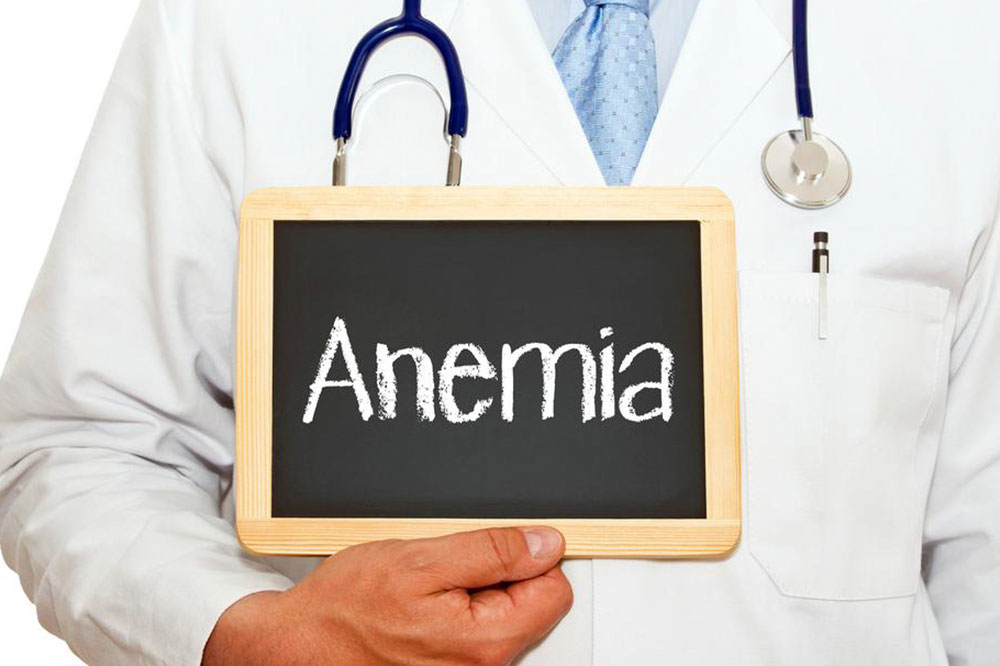
A Guide to the Different Types of Anemia
Anemia is a condition wherein one lacks sufficient red blood cells (RBCs) to transport adequate oxygen to tissues. Suffering from this condition may cause tiredness and weakness. Several types of anemia may result from different causes. It may be temporary and symptoms may be mild or severe. Here are the different types of anemia to help you understand the disease better.
Iron-deficiency Anemia
Hemoglobin present in the RBCs carries oxygen, and to make this protein, your body requires iron. The primary source of iron is the food you consume. But your body may require producing more RBCs during pregnancy, or when going through a growth spurt or loss of blood. In these cases, the body requires more iron and iron-deficiency anemia may result if the body’s requirement is not met.
Hemolytic Anemia
RBCs survive for 120 days and your body produces new cells to replace the dead ones. At times, the RBCs may not survive their normal span and hemolytic anemia occurs if your body is unable to replace the destroyed cells. Inherited anemia results from disorders with your RBC-controlling genes. Acquired hemolytic anemia occurs when your body destroys healthy and normal red blood cells.
Pernicious Anemia
To produce healthy RBCs, the body requires vitamin B12 and folate. These vitamins are absorbed by the body from the foods you eat. You may suffer from pernicious anemia if your body is not able to produce adequate RBCs as it is unable to absorb sufficient quantities of vitamin B12 from your food consumption.
Aplastic Anemia
Generally, when you suffer from anemia, the quantity of RBCs in your blood is less than normal. However, in aplastic anemia, in addition to the lesser number of RBCs, the blood may have less than normal number of other cells, too. This type of anemia may result if your bone marrow is damaged and is not able to produce an adequate number of RBCs, platelets, and white blood cells (WBCs). Aplastic anemia may either be hereditary or acquired.
Sickle Cell Anemia
When you are healthy, the RBCs are round and are able to easily flow through the blood vessels. But those suffering from sickle cell anemia, the RBCs are shaped like crescent moon or sickles. As a result, the sticky and rigid RBCs are stuck inside smaller blood vessels blocking and slowing the transmission of oxygen and blood flow.
Treating anemia depends on the type of disorder and its severity. Apart from prescribed medications, you may make lifestyle changes and eat a healthy and well-balanced meal to alleviate the symptoms. This will also improve the quality of your life and prevent any further complications, such as nerve or heart damage that may result due to acute anemia. Nutritional supplements may also help relieve symptoms and treating the underlying cause of the disease.



